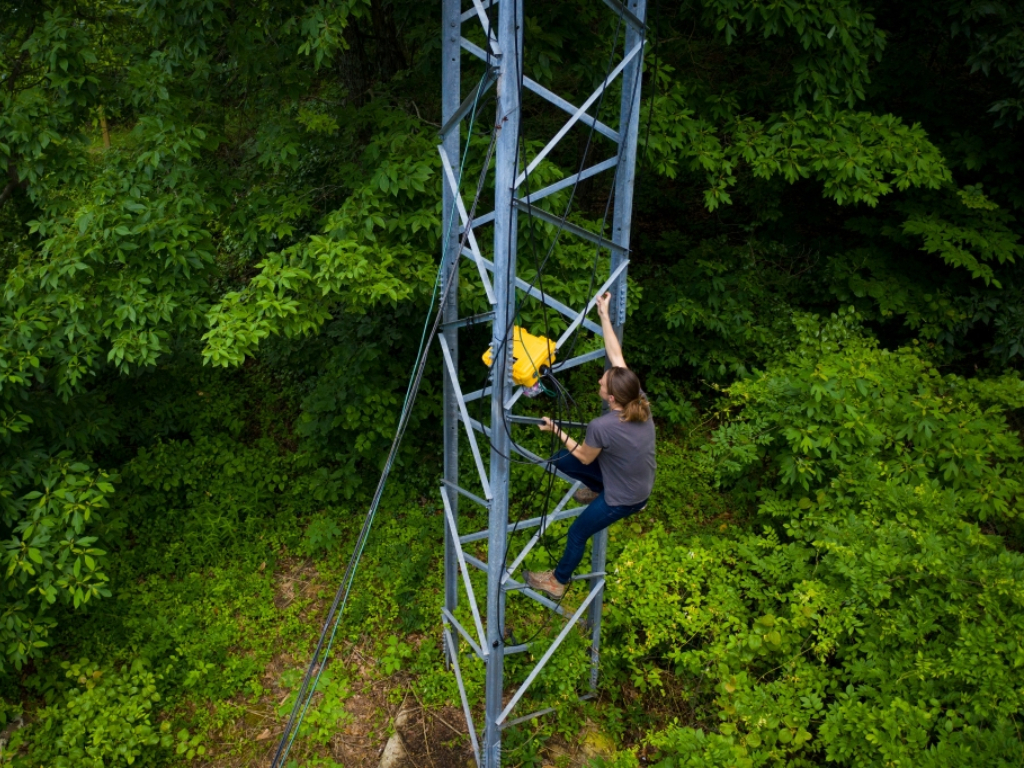The Problem
Migratory birds provide essential ecological services such as pollination, seed dispersal, and insect control while also harboring the potential to transmit disease to humans and other wildlife. Over the past half-century, bird populations in North America have decreased by three billion, or about 29 percent. To protect birds and prevent disease transmission, a better understanding of bird migration is needed.



